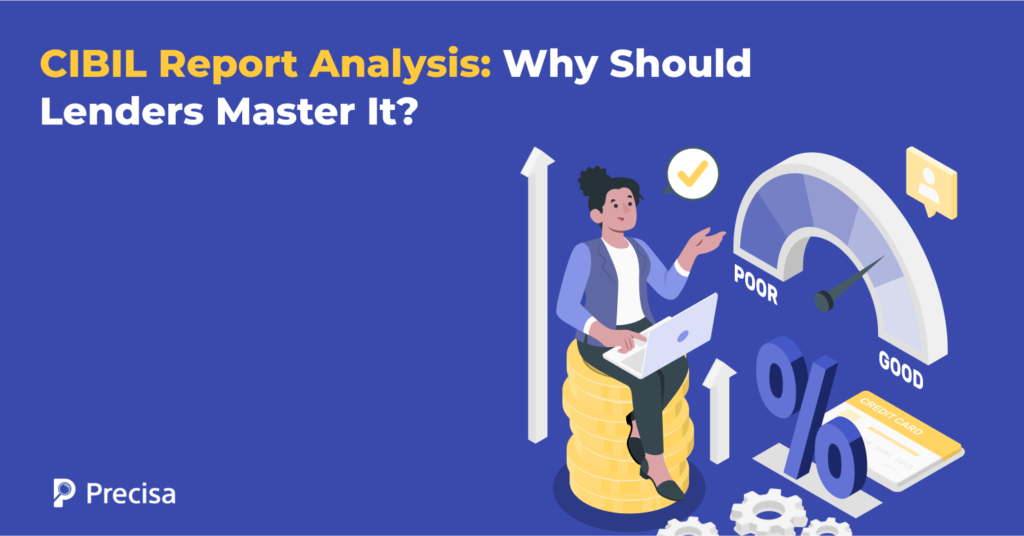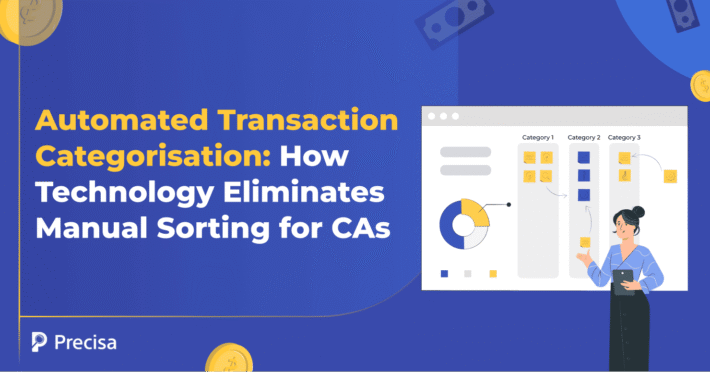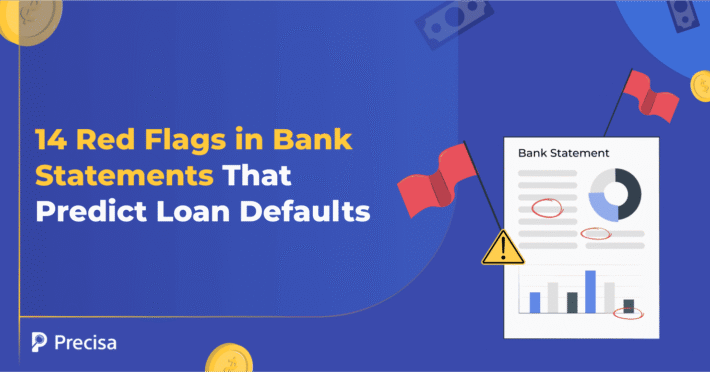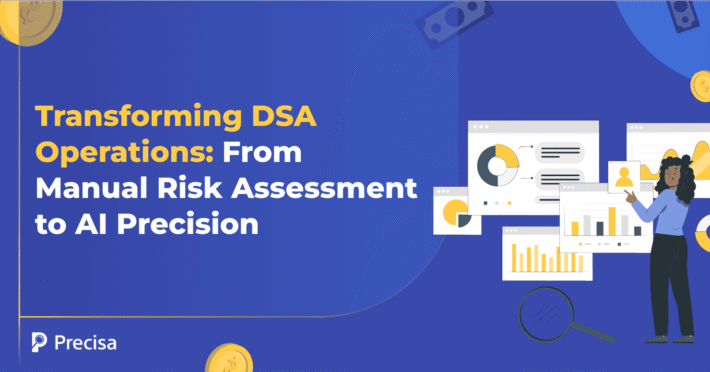CIBIL Report Analysis: A Quick Guide for Indian Lenders

Over 110 million Indians checked their CIBIL report in 2024. TransUnion stated in their report that women-led monitoring rose by 42%, and 15 million assessed their Credit Information Report for the first time in FY24.
This shows India’s excellent growth in financial awareness and credit monitoring.
On the other hand, banks and NFBCS are seeing a record increase in loans, especially in rural areas. Agriculture credit alone crossed Rs 24.83 trillion in FY24. In fact, loan applications in cities outside the top 100 had the largest share of vehicle and personal loans in Q3 2024.
For lenders, this means more applications to screen and more pressure to assess risk correctly. Mastering CIBIL report analysis could be one of the important steps in judging a borrower’s intent and ability to repay.
With the rising credit assessment risks, through CIBIL reports, lenders need to look deeper at repayment patterns, credit usage, and past delays to give the right loan to the right person at the right time.
What Is CIBIL Report Analysis?
A CIBIL report or Credit Information Report (CIR) offers a deeper view of a borrower’s loan payment history across the years. It is maintained by the TransUnion CIBIL, one of India’s top four credit bureaus.
The report consists of a CIBIL Score, a three-digit number with values from 300 to 900. Scores above 700 are considered safe for loan sanctions.
CIBIL report analysis is the most valued tool in the lending industry. Accuracy, efficiency, and data-centricity are important principles of superior CIBIL score reporting.
By using AI-based tools like credit report analysis software, banks and lending institutions can get a detailed analysis of all the data and arrive at the most accurate underwriting decision.
Now let’s see how credit companies can master CIBIL report analysis to decrease the default percentage and other lending risks.
6 Best Practices to Improve CIBIL Report Analysis
Knowing how to read and interpret CIBIL reports properly can help you make better credit decisions. Here are some practical tips and examples to help improve your analysis:
1. Start with The Score, but Check the Trends
Look at the CIBIL score first. But also check how it has changed over time. A high score that has recently dropped may need closer inspection.
Example: A borrower with a score of 770 might seem reliable. But their score dropped from 810 in the last six months. Upon reviewing, you found multiple loan enquiries and delayed payments.
2. Analyse Account Information Closely
This section shows all active and closed loan accounts and credit cards:
- Credit utilisation ratio: Check if the borrower uses more than 0% of available credit, which suggests financial strain
- Loan mix diversity: Check a variety of credit types (secured loans, unsecured loans, credit cards) to get a bigger picture
For example, a borrower with a 780 CIBIL score but only credit cards will carry a different risk profile than someone with the same score but a more diversified credit mix that includes home loans, personal loans, and credit cards.
3. Read the Payment History in Detail
Focus on the “Days Past Due” (DPD) column. This offers a more accurate picture of a borrower’s credit standing.
Here’s what you can do:
- Look for any 30+, 60+, or 90+ day delays. Repeated delays are a red flag, even if the score is high.
- Check if defaults occurred across multiple accounts in the same period. More weight should be given to the recent 12 months of payment history.
Also, remember to look at the age of the credit history. For instance, a customer with a 5-year credit history with multiple products may show more reliability than a new credit user.
Predictive data analysis can streamline the process effectively, while Artificial Intelligence (AI) in bank statement analysis solutions can flag these unusual patterns.
4. Review Total Credit Exposure
Calculate the sum of all outstanding loans and credit limits. This will determine the borrower’s repayment ability. Too many credit loans increase the risks. As a case in point, an applicant with five credit cards and three personal loans has a higher credit burden, even if all EMIs are paid.
Multiple loan enquiries in a short period may also indicate credit problems. Ten enquiries for personal loans in two months signal potential financial trouble.
5. Compare Declared and Reported Liabilities
Borrowers may miss or hide liabilities. Always match loan applications with credit report data. If an applicant claims to have one loan but the report shows four, it may indicate financial stress or misreporting.
Certain indicators that may warrant deeper investigations are settled accounts, written-off accounts, sudden account closures, and legal status (accounts marked “suit-filed”).
6. Automate the CIBIL Report Analysis Process
Automated credit analysis tools help speed up the entire process while accommodating a sudden surge in loan applications and decreasing the chance of giving loans to the wrong person.
With borrower consent, key documents like bank statements, balance sheets, and invoices can be pulled directly from bank aggregators. The data is then sorted into relevant inflow and outflow categories. This gives a clear view of the borrower’s cash flow.
Automated tools also extract data from CIBIL reports and highlight important patterns such as missed EMIs, high credit card usage, frequent loan enquiries, irregular repayment behaviour, etc.
How Precisa Credit Report Analysis Helps Lenders
As a Real-time financial data analysis platform for banks & NBFCs, Precisa offers a highly intuitive, AI-based credit report analyser. It’s extract and interprets key data points within minutes by automating and standardising CIBIL report analysis.
It also takes the borrower’s data, connects to the Credit Bureau data source, and performs a hard pull of the Credit Report by analysing the data and generating a thorough cross-analysis of the credit report and bank transactions. It then offers:
- Precisa Score: A repayment probability score
- Volatility Score: Stability of the account (inflows and outflows)
- Credit behaviour patterns
- Summary of active loans and credit cards
- Flagging of DPD instances and bounced EMIs
- EMI to income ratio
- Monthly cash flow insights
- Recent credit enquiries and new accounts
Lenders can use Precisa’s CIBIL report analysis to:
- Flag red flags, like multiple defaults or high credit utilisation
- Avoid potential non-performing assets (NPAs)
- Minimise the delinquency rate
- Set appropriate interest rates based on risk levels
- Decide on collateral requirements
- Determine suitable loan amounts for applicants
- Create personalised repayment schedules
- Identify cross-selling opportunities
The solution comes with built-in security checks that help lenders verify the authenticity of submitted documents, adding another layer of protection against fraud. This complements the credit history verification that CIBIL reports provide.
Final Thoughts
CIBIL report analysis is now a basic skill for credit teams. With 77% of credit-monitoring consumers being Gen Z, lending firms ought to upgrade their processes with advanced tools to meet demand.
Presica’s cloud-based and intelligent analytics solutions make this process simple and accurate. With automated insights and clear summaries, lenders save time and reduce risks.
The software enables companies to make smart business decisions with the real-time delivery of actionable insights on a customised dashboard.
Request a free demo to learn about Precisa’s incredible lending capabilities!




